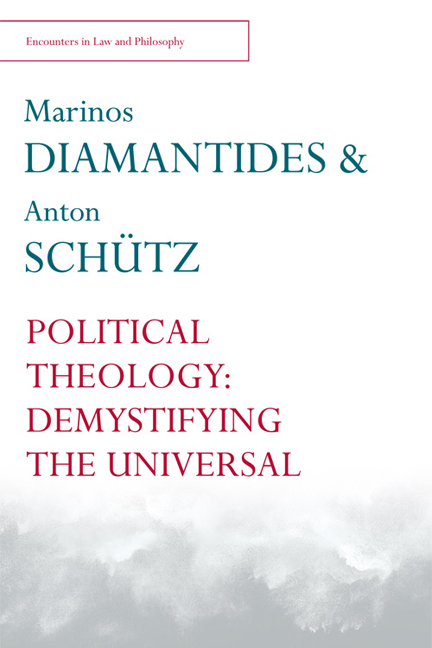Book contents
- Frontmatter
- Contents
- List of Illustrations
- Acknowledgements
- Notes on Contributors
- Series Editor's Preface
- 1 Introduction
- PART I SURPLUS PRODUCTION, URBAN GROWTH AND THE ENVIRONMENT
- PART II FRONTIERS AND FRONTIER LANDSCAPES
- PART III CONTESTED TERRITORIES AND CULTURAL CONTACTS BETWEEN PERSIA AND ROME
- PART IV IMPERIAL POWER BALANCE AND INTERNATIONAL RELATIONS
- Index
1 - Introduction
Published online by Cambridge University Press: 22 December 2017
- Frontmatter
- Contents
- List of Illustrations
- Acknowledgements
- Notes on Contributors
- Series Editor's Preface
- 1 Introduction
- PART I SURPLUS PRODUCTION, URBAN GROWTH AND THE ENVIRONMENT
- PART II FRONTIERS AND FRONTIER LANDSCAPES
- PART III CONTESTED TERRITORIES AND CULTURAL CONTACTS BETWEEN PERSIA AND ROME
- PART IV IMPERIAL POWER BALANCE AND INTERNATIONAL RELATIONS
- Index
Summary
Recently, Touraj Daryaee and Khodadad Rezakhani observed astutely that no book on Sasanian history in English had been published between the nineteenth and the early twenty-first centuries. There have, of course, been a small number of such books in other languages, such as French, German and Russian. Monographs on ancient Persia, covering the Sasanian as well as the Parthian and Achaemenid eras, have also appeared in print, and a series of specialist studies, on specific Sasanian sites or artefacts, such as coins, are worth noting too. Over the past decade, there has been a surge of interest in Sasanian studies, and a small number of volumes devoted to the Sasanian Empire have been produced in recent years.2 It is, however, still true that a person of medium income in Europe would easily be able to afford to buy all books dealing mainly or exclusively with matters Sasanian currently in print and would not require excessive shelving space to store them. By contrast, anybody seeking to acquire all that has been published on every aspect of Roman studies would have to be rich and require a small palace at least to house such a library. Not only have there been fairly few works on the Sasanian era, there is also a strong tendency to focus on major works of art and literary sources, sparse and mostly either written from an external perspective or centuries after the events.
It requires thus no apology for this edited work devoted to the much neglected Sasanian Empire, or for our focus being broader than textual sources and art. Neither, of course, is it our aim to go from one extreme to the other. Literary sources and works of art remain indispensable, but other strands of archaeological and environmental evidence now add much to the picture. As the title reveals, it is our aim to assess the global significance of the Sasanians, and several contributors deliberately venture even beyond the borders of the mega-empire, into the Indian Ocean, Central Asia, Arabia and the Roman world. The reach of Sasanian influence, the interrelation in peace and war between the empire and its neighbours and the comparative scale of infrastructure and construction projects cannot be appreciated from an isolationist perspective.
- Type
- Chapter
- Information
- Sasanian PersiaBetween Rome and the Steppes of Eurasia, pp. 1 - 18Publisher: Edinburgh University PressPrint publication year: 2017

